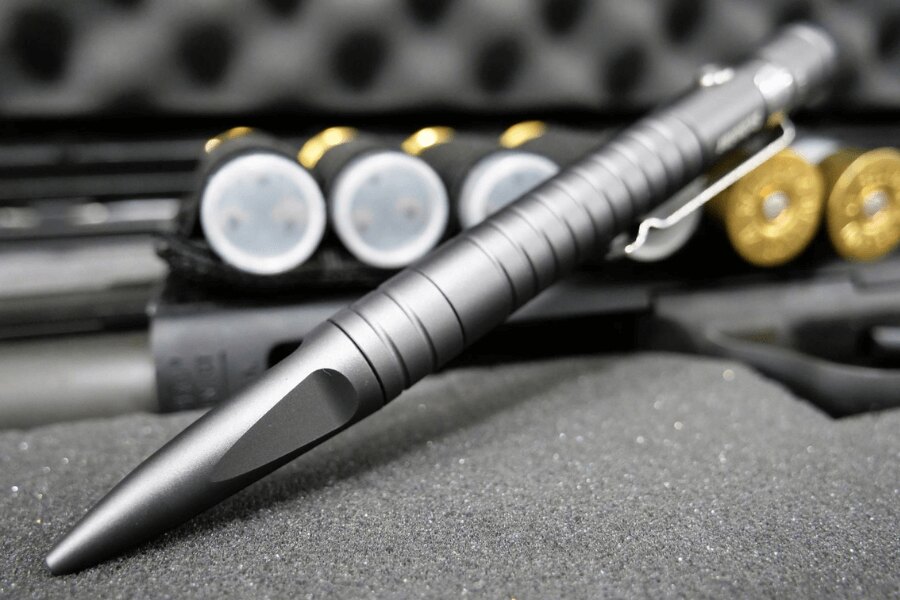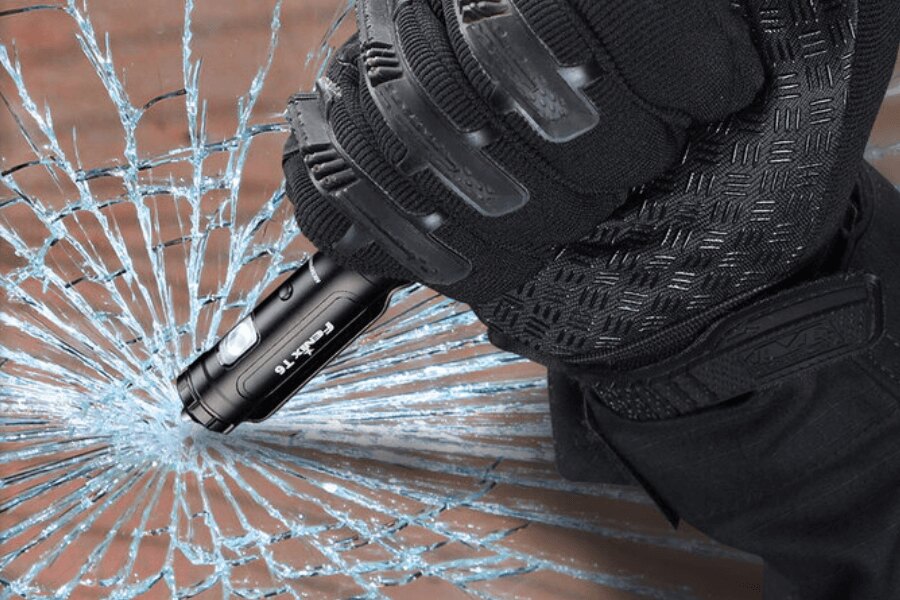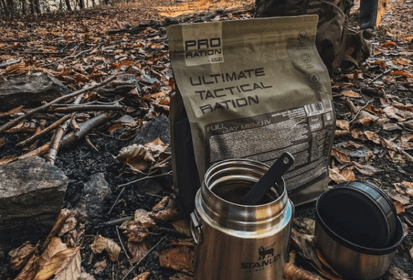Tactical Pens: One of the Smallest Weapons That Can Still Make a Difference
You’ve likely heard the phrase, “The pen is mightier than the sword.” The original intent behind that saying was metaphorical—highlighting the power of communication and influence. But in the case of the tactical pen, the phrase takes on a far more literal meaning.
A tactical pen is a unique hybrid: part writing tool, part self-defense weapon. While it functions like any ordinary pen, it’s also designed to be sturdy, discreet, and ready for close-quarters defense—comparable in use to a kubotan.
Inspired by martial arts tools developed by Grandmaster Takayuki Kubota in the 1960s, modern tactical pens serve a similar purpose but are far less likely to raise red flags. Kubotans are restricted in many countries and may even be classified as weapons, especially when traveling. In contrast, a tactical pen is—first and foremost—a pen, which makes it a far more discreet and legally ambiguous option.
That said, caution is still advised. The word “tactical” alone might attract unwanted attention from authorities in certain regions, particularly during international travel. Always know the local laws.

A compact tactical pen designed for everyday carry and discreet self-defense.
How to Use a Tactical Pen Effectively
Despite its minimalist design, a tactical pen can be highly effective—especially for self-defense in close quarters. It’s ideal for targeting sensitive or vulnerable areas such as the face, solar plexus, or joints.
Mastering its use requires basic technique, speed, and decisiveness. Strikes should be fast, precise, and repeated in rapid succession. For example, targeting the ear, nose, and sternum in quick sequence can overwhelm an attacker before they even have time to react.
The key advantage? You’ll likely already have it in a shirt or jacket pocket—where it looks like an ordinary pen. When carried correctly, it’s faster to access than items buried in a bag or crowded pants pocket. And while it might trigger a metal detector, it rarely draws suspicion.
Still, a tactical pen isn’t a replacement for a baton or knife. It’s not a long-range tool—it’s a close-range backup. Think of it as part of your layered self-defense strategy, not your sole solution.
Construction Matters
Not just any pen can serve as a tactical one. True tactical pens are engineered to withstand impact and are often crafted from aircraft-grade aluminum or similar durable materials. Ordinary plastic pens will likely snap under pressure and should never be relied upon for self-defense.
Most tactical pens have two functional ends: one pointed, one blunt. The pointed end is better for jabbing; the blunt end can be used for pressure strikes or control techniques, particularly against sensitive areas like the nasal bridge.
And yes, they still write. Just don’t expect a Parker-level writing experience—these are built by tactical gear manufacturers, not luxury pen brands.

Breaking glass with the blunt end of a tactical pen during an emergency situation.
Beyond Self-Defense
A tactical pen’s utility isn’t limited to fighting off an attacker. It can also be used in emergencies—breaking vehicle windows, scribbling down a license plate, or even signaling for help. If you're already carrying a pen, why not carry one that could save your life?
Philosophy of Tactical Pen Defense
Tactical pens aren't about brute force. They’re about control, timing, and creativity. Your goal isn’t to win a fight—it’s to break away and survive. For many, especially women, tactical pens can offer a sense of security without requiring significant strength or combat training.
Their low profile is also an advantage. Unlike knives or batons, tactical pens are hard to spot—and hard to take away. Strikes can be made subtly, yet effectively, especially if aimed at bone, joints, or soft tissue.
And perhaps most importantly, attackers don’t expect them. A knife? Sure. A baton? Maybe. A pen that can incapacitate? That’s often the element of surprise you need most.
Final Thoughts
Tactical pens are often underestimated—both by those who carry them and those on the receiving end. But used decisively, they offer a discreet and powerful tool for everyday readiness.
They won’t replace your main form of defense, but they’re compact, legal in many places, and always within reach. And sometimes, that’s exactly what you need.
After all, if you’re already carrying a pen—why not make it tactical?
Readers are further interested

































































































































